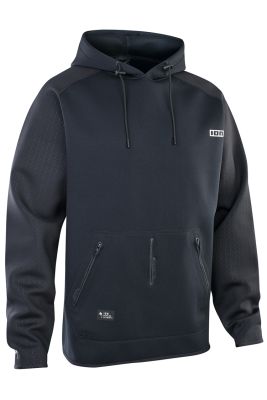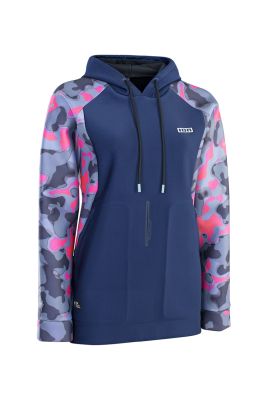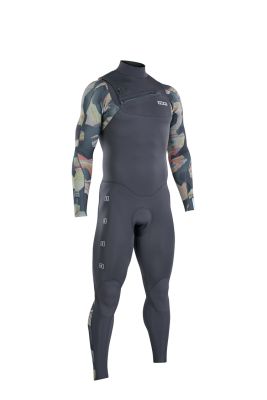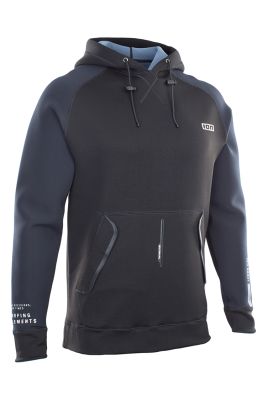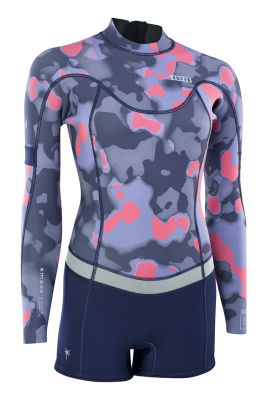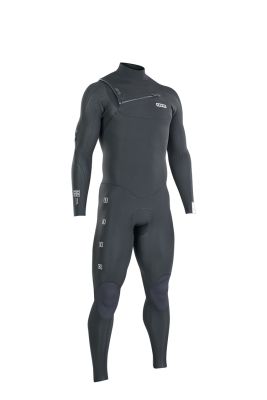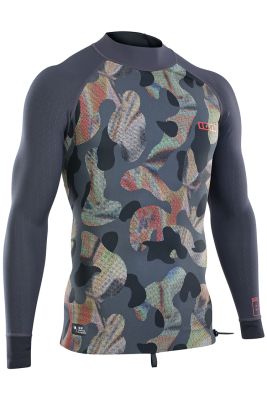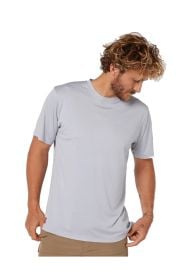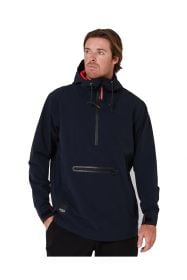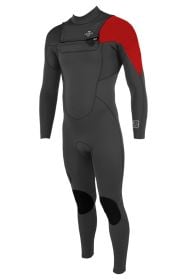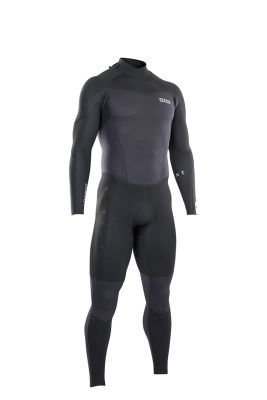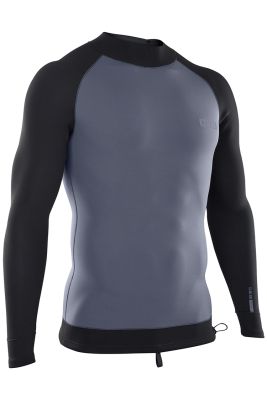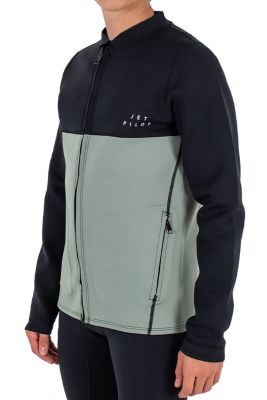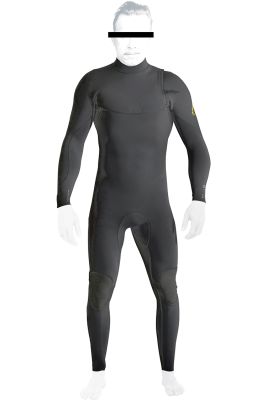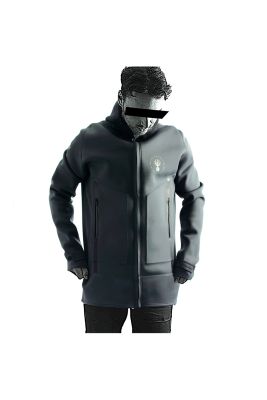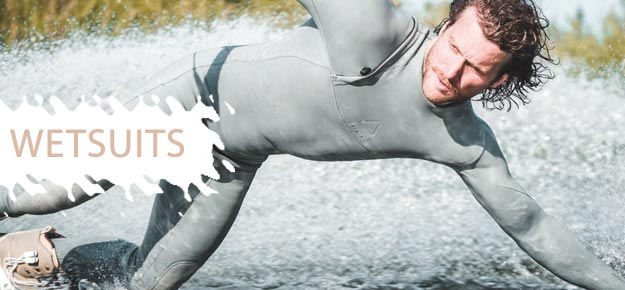
Wetsuits
As soon as you think about watersports in the outdoors, the wetsuit entails a key role. Its functional features support wakeboarding as a sport and opens the possibility to be more negligent of weather conditions and temperatures whilst enjoying your time on the water. A wetsuit distinguishes itself from thickness, bonding, flexibility and quality. The isolation that keeps your body warm is caused by the so-called wetsuit-baking’. The more airbubbles per square centimetre are ,baked’ into the wetsuit material, the better is the wetsuits’ isolation as well as its flexibility. In summertime a wetsuit must not be too thick and isolating, as it is primarily just necessary to keep up with the wetsuits general concept: A wetsuit can be claimed as a permeable ,second’ skin that causes an instant thin water film between your skin and the wetsuit material. This water film then constantly warmes up by the body’s own heat. Overknee and Longsleeve wetsuits are variations of the classic Shorty and additionally protects your knees or forearms. If there is water temperatures below 8° Celsius, it’s more than advisable to think about a high-quality, Semi-Dry wetsuit. Semi-Dry means that there are special thermal coatings used as inner linings and purpose-built tapes used for the bonding. All these specific features make a Semi-Dry wetsuit keep your body even warmer and at the same time improve the wearing comfort. Summed up, wetsuits come with different technical characteristics and the following rule may help to find yourself the right one: The more expensive a wetsuit is, the better is its processing, flexibility and use in colder water.





